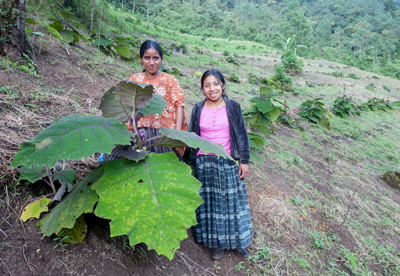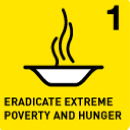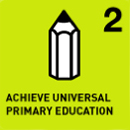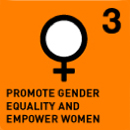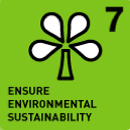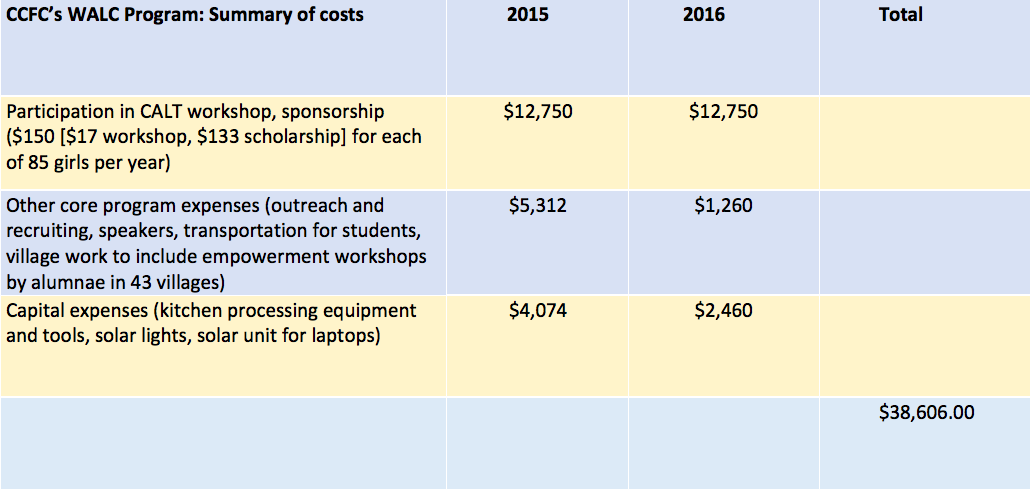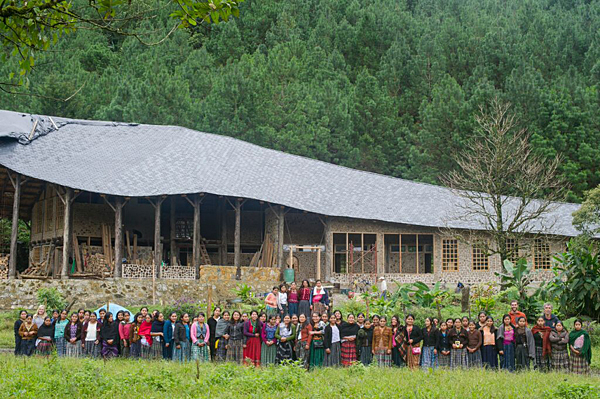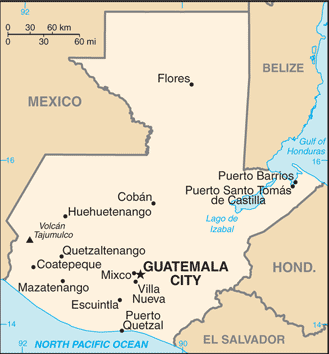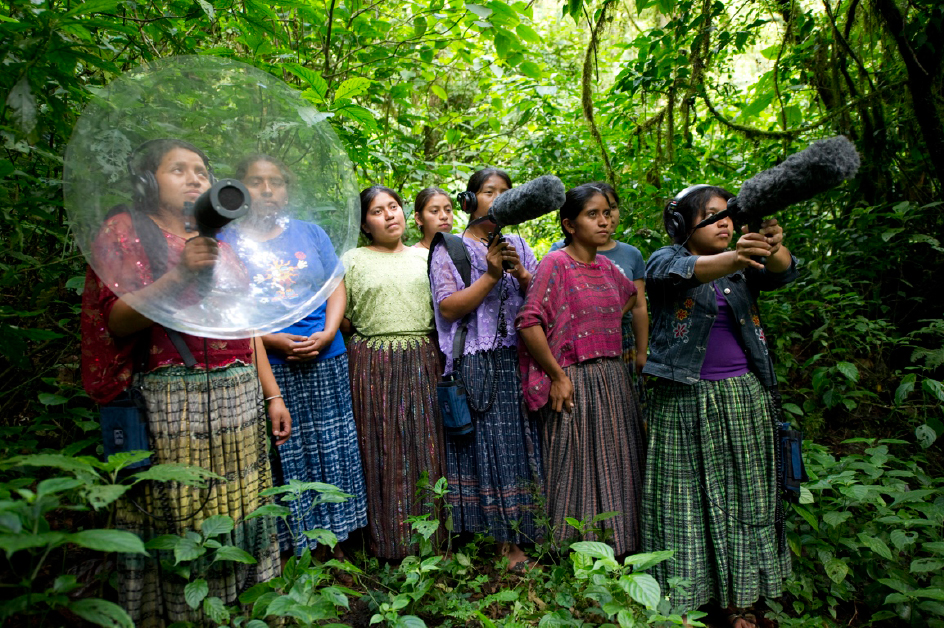
Mission
Community Cloud Forest Conservation (CCFC) alleviates poverty and protects forests through education, community development, leadership scholarships and ecological improvements to agriculture. CCFC believes that holistic human/community development through education and capacity building is the key to building peace in Guatemala’s central highlands.
The Women in Agro-ecology Leadership for Conservation program solely and specifically benefits girls and young single women between the ages of 13 and 25 who desire to continue in secondary school and university. Through the leadership of these young women, WALC (pronounced “walk”) helps their subsistence farming families through ecological improvements to family farming and education. In most cases, these families are in extreme poverty. WALC benefits families by empowering women in leadership. WALC and WALC in the Village are both programs focused solely on women and girls.
Life Challenges of the Women Served
The Q’eqchi’ Maya people are the target population of this project. Virtually 100 percent of the population of the 67 remote mountain villages of the WALC work area are living in poverty or extreme poverty. The illiteracy rate for women over 35 in these villages is about 95 percent. Chronic malnutrition and anemia are common among women, infants and especially mothers younger than age 17.
On average, of 100 girls finishing sixth grade, fewer than 24 are still in school two years later. The high drop-out rate for girls correlates to the age of a young woman’s first pregnancy. Young mothers are more likely to have children sooner and have more of them, which contributes to higher birth rates. In addition, the demographics and statistics of these mountain villages consistently demonstrate some of Guatemala’s highest levels of malnutrition and infant and maternal mortality.
The Project
The overall goal of the WALC program is ending poverty and environmental degradation through education, leadership formation and empowerment of young women through WALC workshops. This program will empower and equip young Q’eqchi’ Maya women to be leaders and agents of positive change in their families and villages and beyond. WALC’s two main components are a 25-day workshop for empowerment and leadership training for 153 young women and a scholarship as a financial aid to help girls and young women stay in school. The 153 young women annually will be intensively trained as community leaders and agents of positive change in their villages and families. Through the project, 16,000 people (8,000 per year) will receive a one-day WALC in the Village workshop that condenses and summarizes the
WALC curriculum into a manageable one day format. The DFW grant will also directly benefit these women and girls by providing value adding and direct market access to valuable products which are currently underexploited.
Workshops empower leaders to teach life conservation, sustainable living, family planning and care of the environment. They teach the theory and practice of reforestation, conservation and regeneration of fertile soils, the manufacture of organic fertilizers, seed and fruit tree nurseries, orchards, organic gardening, small animal husbandry, and sustainable use of natural resources. Workshops equip leaders to teach hygiene, nutrition, healthy cooking, gender equality and more. The workshops open opportunities, raise self-esteem and prepare women as leaders.
Millennium Development Goals
Questions for Discussion
- What is the importance of teaching sustainable agriculture to girls in Guatemala?
- Why will keeping girls in school reduce the likelihood that they will have children sooner and have more of them, contributing to higher birth rates?
- How will changing agricultural methods in Guatemala help farmers around the world?
How the Grant Will be Used
WALC will use leadership training, new agricultural methods and equipment to add value to local agricultural products. The goal is to empower and equip young Q’eqchi’ Maya women to be agents of positive change in their families, villages and natural environment.
The DFW grant will supply $38,606 over two years.
WALC affects 8,153 annually: 153 WALC leaders trained (85 through DFW funding and 68 through private donations) and 8,000 women empowered and equipped through WALC in the Village workshops who directly benefit from improved produce-processing equipment.
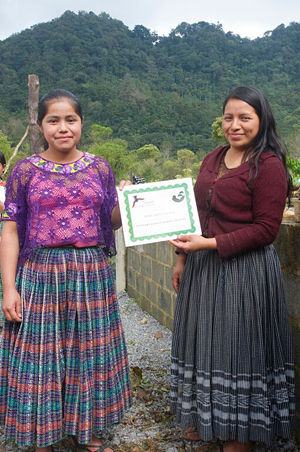 WALC Workshops: WALC will recruit and enroll 154 qualifying young women ages 13 – 24 from 67 mountain villages annually. Workshops will take place at CCFC’s Agro-ecology Center over a 25-day period. A consecutive 25-day workshop is offered in the fall and two 25-day intermittent workshops are offered for girls and young women who study on weekends only.
WALC Workshops: WALC will recruit and enroll 154 qualifying young women ages 13 – 24 from 67 mountain villages annually. Workshops will take place at CCFC’s Agro-ecology Center over a 25-day period. A consecutive 25-day workshop is offered in the fall and two 25-day intermittent workshops are offered for girls and young women who study on weekends only.
Scholarships: During the following school year, those students who have successfully completed their workshops and demonstrate school attendance will receive a scholarship of $133 in three payments throughout the school year. This modest scholarship virtually guarantees that the WALC student will stay in secondary school for the coming year.
WALC in the Village: During the subsequent year, top performing WALC participants will take what they have learned into 43 villages to facilitate workshops for 50 women and 136 girls in each village (on average 50 families, usually consisting of one mother with her 3 daughters). Some 8,000 women and girls will participate annually.
Production Kitchen: The DFW grant provides funds to equip the WALC production kitchen. This production facility will allow WALC students to add value to products which come from their family farms, villages and region.
Why We Love This Project/Organization
We love the focus on girls’ empowerment, education, agro-ecology and sustainability. The focus of CCFC in developing partnerships bodes well for the sustainability of its goals.
Evidence of Success
WALC has proved itself to be CCFC’s most effective program for achieving CCFC’s mission and goals. An example from hard data comes in comparing drop-out rates of two groups of female students from the 67 remote mountain villages. Compare those in the WALC program and those not in the program. In 17 geographically and demographically similar village schools, the drop-out rate over two years was 76 percent among young women who are not in the WALC program. In 17 demographically similar schools in the same geographic area, the drop-out rate among WALC students was 5 percent.
WALC students leave the program motivated and confident. They become leaders in their families and villages. Four repeating WALC students who have participated multiple years are now attending university. Four other WALC alumnae are now working as promoters for a women’s reproductive health organization.
About the Organization
CCFC, the umbrella organization over the WALC program, was founded in Guatemala in 2008 and incorporated in the United States as a 501(c)3 on June 19, 2010. At the time CCFC was incorporated, founders Tara and Rob Cahill brought nearly a decade of development work experience in the Q’eqchi’ Maya context in Alta Verapaz to the organization. During two projects with Heifer International, CCFC Director Tara Cahill realized that the key to ending poverty in the central highlands is empowering Q’eqchi’ Maya women. CCFC works with women in 67 mountain villages to improve agriculture and end malnutrition through promoting crop diversity and ecological practices to agriculture.
CCFC’s environmental education program is recognized by the Ministry of Education Cobán, Alta Verapaz. CCFC’s development and conservation work has been recognized in academic circles. CCFC provides other important educational services in the 67 villages within its work area.
Where They Work
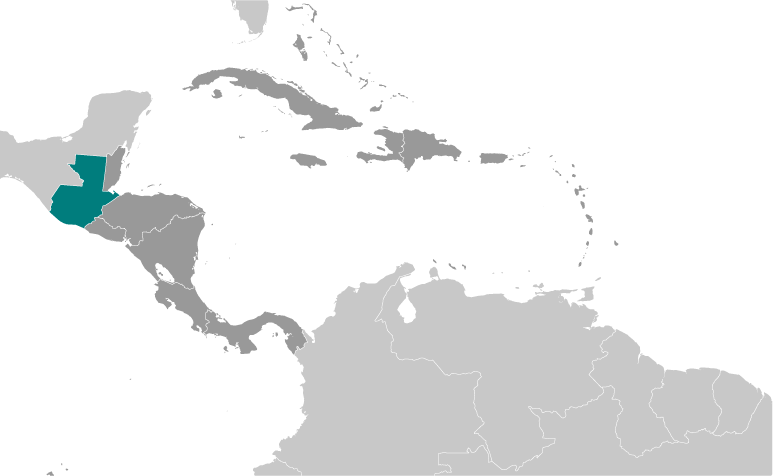 These communities are in remote Central Highlands, in the cloud forest region of Guatemala along the Sierras. The Q’eqchi’ Maya people live in remote, mountain villages and deal with other factors and obstacles that can be understood as the causes of extreme poverty. The Q’eqchi’ Maya are economically and socially marginalized by their own language, culture and traditions. Most Q’eqchi’ Maya families are agriculturalists but at a subsistence level, with their primary efforts going to their annual corn crop.
These communities are in remote Central Highlands, in the cloud forest region of Guatemala along the Sierras. The Q’eqchi’ Maya people live in remote, mountain villages and deal with other factors and obstacles that can be understood as the causes of extreme poverty. The Q’eqchi’ Maya are economically and socially marginalized by their own language, culture and traditions. Most Q’eqchi’ Maya families are agriculturalists but at a subsistence level, with their primary efforts going to their annual corn crop.
Guatemala is the most populous country in Central America, with a 2014 population of more than 14,600,000. It has a GDP per capita of approximately $7,500 (U.S.), roughly one-half that of the average for Latin America and the Caribbean. The agricultural sector accounts for 13.5 percent of GDP and 30 percent of the labor force. Key agricultural exports include coffee, sugar, bananas and vegetables. The 1996 Peace Accords, which ended 36 years of civil war, removed a major obstacle to foreign investment, and since then Guatemala has pursued important reforms and macroeconomic stabilization.
The distribution of income remains highly unequal with the richest 20 percent of the population accounting for more than 51 percent of Guatemala’s overall consumption. More than half of the population is below the national poverty line, and 13 percent of the population lives in extreme poverty. Poverty among indigenous groups, which make up more than 40 percent of the population, averages 73 percent, with 22 percent of the indigenous population living in extreme poverty. Nearly one-half of Guatemala’s children under age 5 are chronically malnourished, one of the highest malnutrition rates in the world.
Throughout much of the world, women play a critical role in agriculture. As a result, investment in their training and education can impact their families, villages and countries, as well as play a part in promoting sustainability for the future.
According to Farming First (www.farmingfirst.org), women are the backbone of the rural economy, especially in the developing world, yet they receive only a fraction of the land, credit, inputs (such as improved seeds and fertilizers), agricultural training and information compared to men. Empowering and investing in rural women has been shown to significantly increase productivity, reduce hunger and malnutrition and improve rural livelihoods.
The Food and Agriculture Organization of the United Nations (FAO) reports that small-scale farmers play a fundamental role in food security. It is estimated that more than 50 percent of the food necessary to feed the planet’s 9 billion inhabitants in 2050 will be produced by small-scale farmers. On average, women comprise 43 percent of the agriculture labor force in developing countries, yet their access to productive assets is significantly less than that of their male counterparts. The gender gap in agriculture refers to the difference in access to productive resources and a lack of opportunities for women to access education and to participate in decision-making processes, compared to men. These are key elements that limit agricultural productivity, hindering the achievement of broader economic and social goals.
It is estimated that closing the gender gap in the agricultural sector would increase the production of women and significantly reduce the number of hungry people in the world. The productivity gains from ensuring women’s equal access to fertilizer, seeds and tools could raise the total agricultural output in developing countries and reduce the number of hungry people.
In Latin America, 20 percent, in Asia, 30 – 60 percent, and in Sub-Saharan Africa, 50 – 75 percent of the agricultural labor force is supplied by women. However, they do not enjoy the same rights and privileges as their male counterparts. The direct result of this inequality is seen in the overall low agricultural productivity of those areas.
Community Cloud Forest Conservation’s WALC program equips women with leadership training, agro-ecology skills and the ability to exercise a positive influence in their villages and on the natural environment. Education levels the playing field for women in agriculture. WALC students learn and practice human nutrition, soil conservation, organic fertilizer production, integrated pest management, basic garden ecology, vegetable production, propagation of traditional crops, fruit tree management and production planning. Perhaps most importantly, they are able to stay in school through scholarships earned by participating in the WALC program.
Agro-ecology is of critical importance beyond the improved lives of individual young women. The rapid deforestation of the cloud forest has global implications. According to a study published by the “International Journal of Sustainable Development and World Ecology,” the deforestation is caused by a number of factors, but primary among them is the intensification and expansion of subsistence agriculture. Sustainable farming practices are of critical importance in combating this loss. Deforestation has wide ranging implications, including a reduction in precipitation during the dry season, an impact on climate change and an overall change in the region’s microclimate.
Programs such as WALC provide hands-on instruction in soil conservation, integrated pest management, organic fertilizer production and other methods that promote sustainable use of the land.
It is also important to note the scholarship component of WALC and its value in reducing birth rates and improving lives. The United Nations Commission of Population and Development has stated that higher levels of education, especially among girls, has a strong correlation to declining fertility and better health and development outcomes.
According to a UNESCO report, “Ensuring that girls stay in school is one of the most effective ways of averting child marriage and early births. Education is also a key factor in hastening the demographic transition to lower birth and mortality rates.”
It has been shown that educated women are less likely to die in childbirth and less likely to get married at a young age. And when educated women do give birth, their children have better outcomes as well, especially in the area of malnutrition, which is an underlying cause in more than one-third of global child deaths.
Source Materials
Community Cloud Forest Conservation, CIA Factbook, United Nations, Food and Agriculture Organization of the United Nations, Farming First, UNESCO

